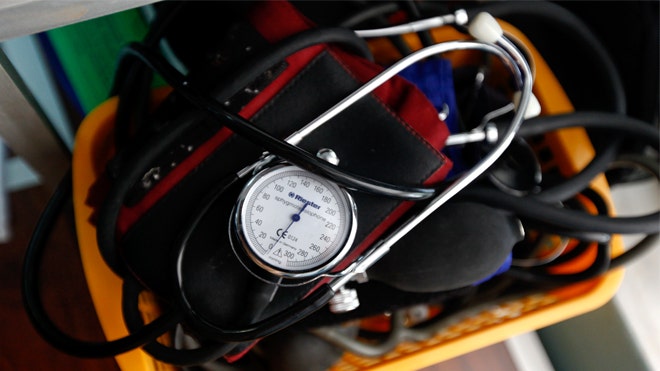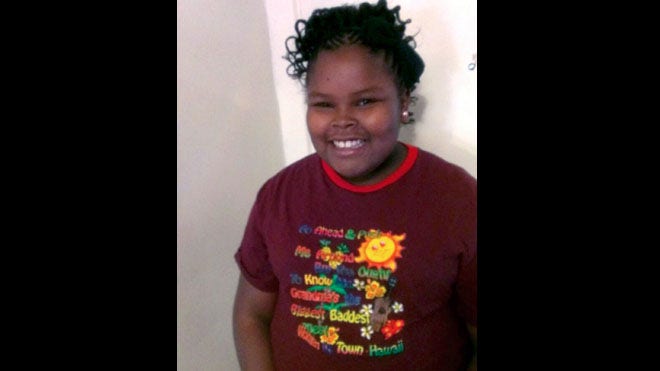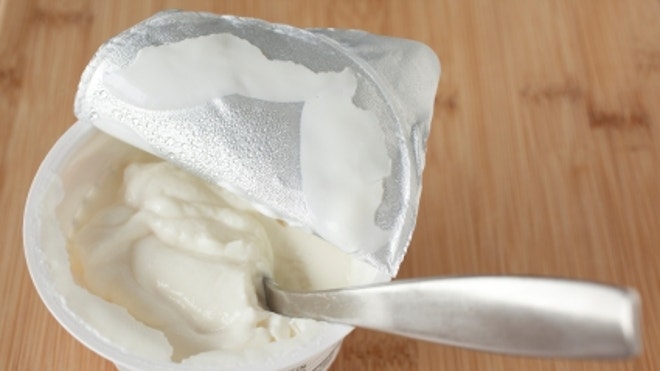 Your brain ages with time, it is important to improve the functioning and health of the brain along with the nervous system. These top 12 foods can prevent brain deterioration, blood pressure, mental disorders like Alzheimer’s disease, and prevents nerve damage.
Your brain ages with time, it is important to improve the functioning and health of the brain along with the nervous system. These top 12 foods can prevent brain deterioration, blood pressure, mental disorders like Alzheimer’s disease, and prevents nerve damage.
Spinach: Spinach is a magical vegetable, that has innumerable health benefits.
No matter the disease or health problem, spinach is a power house of nutrients. Besides, the antioxidants present in spinach gives slows down the aging of the brain and nervous system, hence improves cognitive functioning. Cognition simply means mental functioning – concentration, decision making, problem solving abilities, reasoning and learning.
Dark green leafy vegetables: Homocysteines is a chemical responsible for dementia, Alzheimer’s Disease, and break down of arterial walls, when present in high amounts. But dark leafy vegetables break down homocysteines with the help of folate and vitamin B and B6.
Whole grains: Whole grains and brown rice contains vitamin B6 which can break down high levels of homocysteines that is responsible for mental deterioration. Whole grains also contain magnesium that enhances cognitive functioning.
Cocoa: Cocoa is a powerful antioxidant that prevents the brain from oxidative stress that can cause Parkinson’s Disease, atherosclerosis, heart failure, Alzheimer’s Disease and chronic fatigue syndrome.
Nuts: Nuts like almond and walnuts are a great ingredient for maintaining blood vessels. The Omega 3 fatty acids present in walnut also enhance the mind and the antioxidants present in nuts lowers cholesterol.
Garlic: Garlic can prevent aging of the mind and improves the cardio vascular system too. Garlic too contains antioxidants that fight infections.
Olive oil: Olive oil contains antioxidant polyphenols that lowers high blood pressure and reduces cholesterol. This oil is perfect for maintaining the health of the nervous sytem.
Red wine: Red wine is a potent source of antioxidants that improves the brain and clears the cholesterol too. Red wine can increase longevity but drink red wine in moderation to reap the health benefits.
Tea: Tea not only increases metabolism but also spikes your mind and cognitive abilities. Tea contains antioxidant, catechines that enhances blood flow.
Sardines and herrings: Omega 3 fatty acids is the key component in the fish that improves the functioning on the brain and nervous system. These fishes are known to prevent mental disorders and beneficial for heart health.
Blueberries: If you get your hand on blueberries that’s great! It is loaded with antioxidants that fight free radicals. It is the ingredient to enhance your cognitive skills.
Pomegranate juice: Pomegranate is available all year round and we should reap the benefits to keep our minds active. Antioxidants present in pomegranate fights free radicals.
source: UNB Connect










